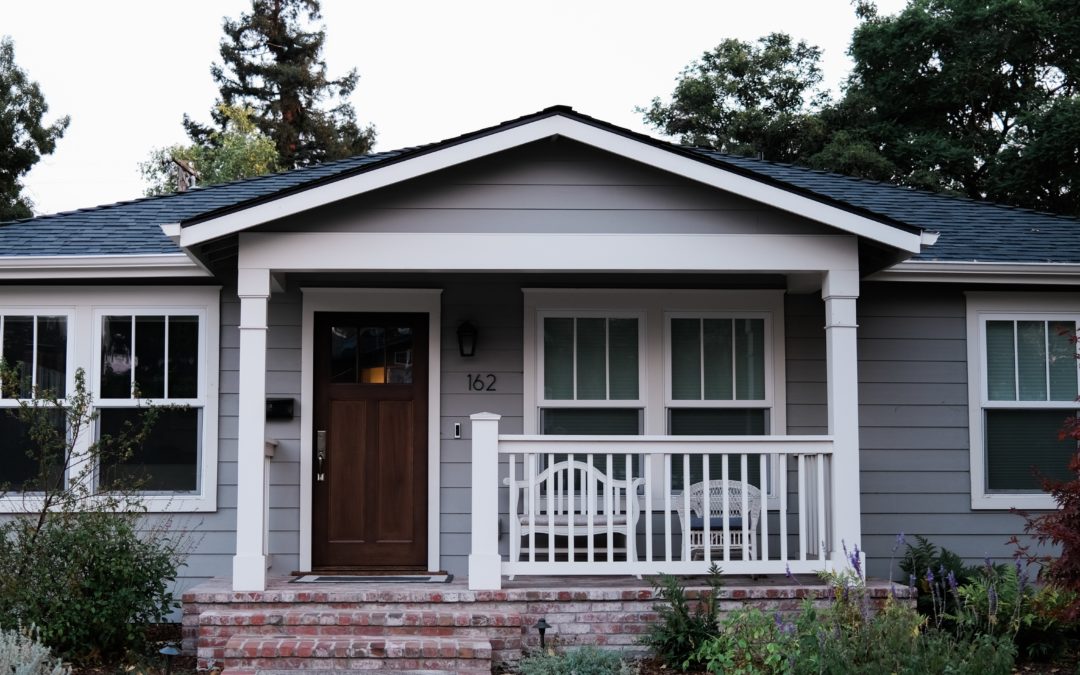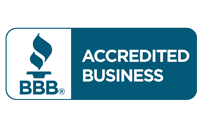A hardship letter is a letter or form that a homeowner produces as part of a loss mitigation process. Usually, this is an application that one sends to the lender with supporting documentation. The letter outlines the financial picture of the borrower while showing the reasons why the financial situation is serious. The short answer is that a borrower writes this hardship letter in an attempt to stop or pause the foreclosure process on a property, usually a home.
What Does a Hardship Letter Contain?
A hardship letter should be factual and outline an end that is suitable for both the homeowner and the lender. Many failed hardship letters play on sympathy, but a lender is not typically a sympathetic entity – they are investors with a plan to make income from every loan. The lender may be sympathetic to your situation, but ultimately their goal is to receive loan payments. Most lenders will ask you for:
- The Hardship Letter
- Financial statements that support your financial claims and situation
- Supporting documents that help to show that you are in a position that will allow you to solve your current financial situation in X number of months.
- Supporting documentation that helps to show how the financial hardship occurred. This can include letters of termination, health records, documents that show the disparagement between disability and income payments, etc.
It is important to understand that while some of these documents are similar, they may not fit your situation. Having a lawyer that specializes in foreclosure on your side is a good start to successfully submitting the loss mitigation application. You may not have a second chance to ask for the foreclosure process to stopand submitting the application correctly the first time is positive step. Most lenders will require that the letter be handwritten rather than created using a form.
The Goals of a Hardship Letter
You want to show:
- What happened – Tell the lender how your financial situation occurred. A hardship is the result of an event or events that are outside your control. This is a situation that is not specifically your fault, it is just something that happened, and it had a negative financial effect. Examples can include the unexpected death of a spouse, a car accident with injuries that prevent you from working, the loss of your job due to a business closing, etc. If you are not sure if your situation is valid, ask a foreclosure attorney.
- The Supporting Documents – Financial documents, medical statements, letters from your current or past employer, etc. These are things that support your statements about your financial situation. For example, “I was making $5,000 per month and the business closed. I am now receiving $400 per week in unemployment. We’ve used our savings account to pay the mortgage, but that money is now exhausted.” Then show documents that prove this example.
- Show a positive outcome – What are your plans to remedy your financial situation? You are getting a new job that starts in ten days. You are selling the house to pay off the mortgage, but you need more time. The lender wants to see that there is hope that you can get back on track to pay back your loan. It is usually much better for them if you catch up on payments rather than for them to foreclose.
Call Keaveney Legal Group Today For A Free Consultation!
Learn more about your rights under foreclosure by seeking a qualified and experienced foreclosure attorney for New Jersey.Contact us if you need any information or assistance when facing foreclosure.


